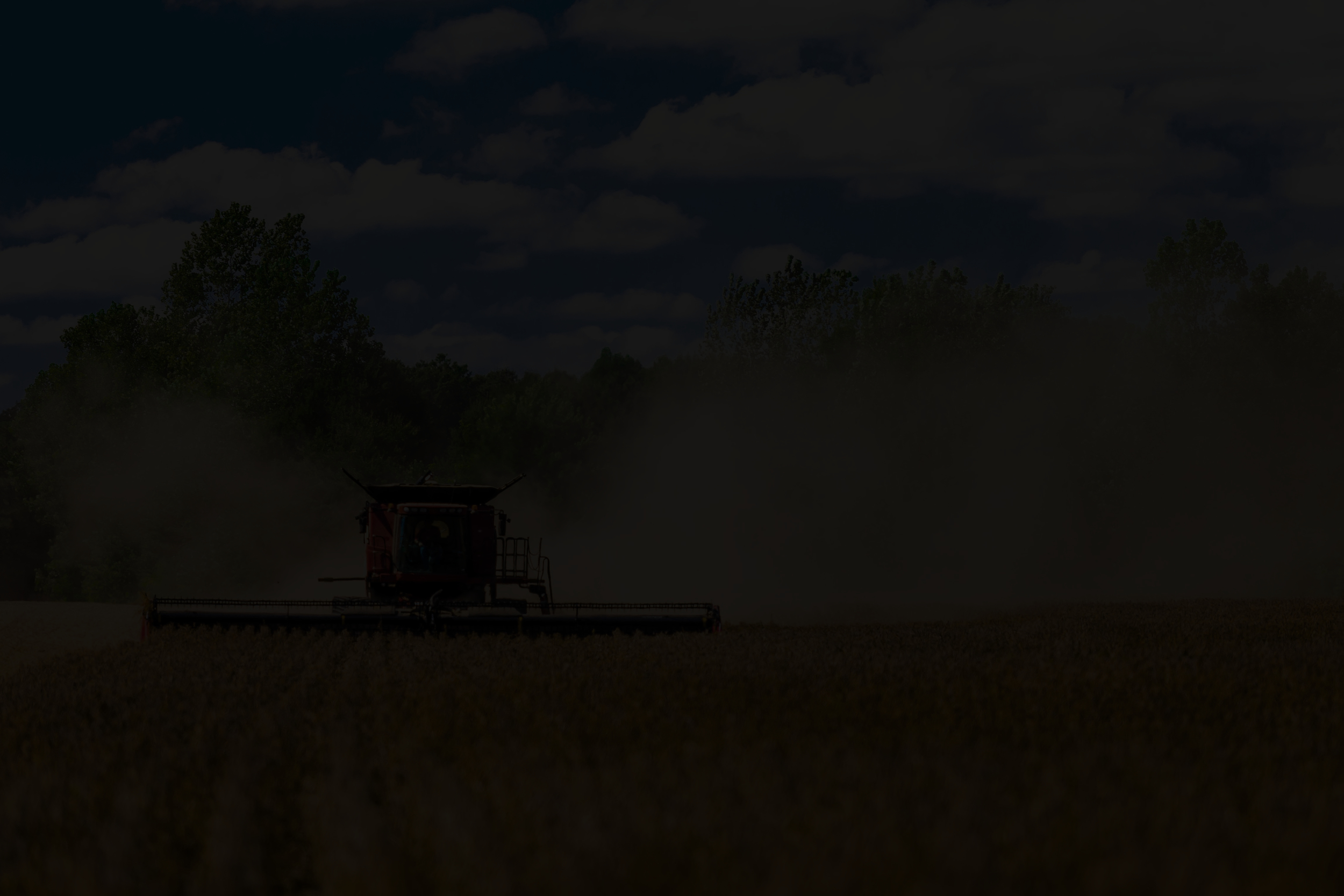It's often said that there is enough food being produced in the world right now to feed the entire planet; the problem is in how this food is distributed. While the global food system is complex and not entirely understood, evidence indicates that at least a part of the problem in addressing world hunger lies in our dietary habits – specifically in the rates of animal product consumption in the developed world.
1. Demand for meat in high-income countries likely contributes to hunger and malnutrition in low-income countries.
In a world food system limited by access to water and arable land, about 35% of all grains produced in the world go to feeding livestock[1] – in the United States, livestock consume more than 7 times the amount of grains as the entire human population.[2] But feeding grain to livestock is far from efficient. According to a recent National Geographic report on the global food system: “For every 100 calories of grain we feed animals, we get only about 40 new calories of milk, 22 calories of eggs, 12 of chicken, 10 of pork, or 3 of beef.”[3] In other words, our food preferences have led us to effectively throw away food on a mass scale. While the food system is complex, and the most food-efficient diet would certainly include some animal products (livestock grass-fed on non-arable land, animals raised in sustainable mixed farming systems, some eggs and milk, etc.), given the current methods of production and levels of consumption, a general decrease in animal product consumption in developed countries would likely mean a more efficient world food system. [4][5][6][7]
2. High rates of seafood consumption have led to significant declines and collapses of global fish populations.
While seafood would appear to be the natural alternative to land-raised livestock, current levels of seafood consumption in the developed world further contribute to food scarcity. Many studies have shown the present rates of fishery depletion to be unsustainable, leading to collapses in global fish populations. Already, the world is seeing declining rates of catch, predicted only to worsen if current rates of consumption continue. By consuming less seafood, thereby lowering demand, fish populations have a greater chance of future recovery, [8][9][10][11] improving our ability to feed the world.
[1] Alexandratos, N., Bruinsma, J., Bödeker, G., Schmidhuber, J., Broca, S., Shetty, P., & Ottaviani, M. G. (2006). World agriculture: Towards 2030/2050. Interim report. Prospects for food, nutrition, agriculture and major commodity groups. Food and Agriculture Organization of the United Nations. Retrieved from http://agris.fao.org/agris-search/search.do?recordID=XF2006427483
[2] Pimentel, D., & Pimentel, M. (2003). Sustainability of meat-based and plant-based diets and the environment. The American Journal of Clinical Nutrition, 78(3), 661S.
[3] Foley, J. (n.d.). Feeding 9 Billion. National Geographic. Retrieved from http://www.nationalgeographic.com/foodfeatures/feeding-9-billion/
[4] Erb, K.-H., Mayer, A., Kastner, T., Sallet, K.-E., & Haberl, H. (2012). The impact of industrial grain fed livestock production on food security: an extended literature review. Alpen Adria University Klagenfurt-Vienna-Graz, Austria.(Retrieved 19 June 2013 from Http://goo. gl/6smPcP). Retrieved from http://www.fao.org/fileadmin/user_upload/animalwelfare/the_impact_of_industrial_grain_fed_livestock_production_on_food_security_2012.pdf
[5] Foley, J. A. (2011). Can we feed the world & sustain the planet? Scientific American, 305(5), 60–65.
[6] Godfray, H. C. J., Beddington, J. R., Crute, I. R., Haddad, L., Lawrence, D., Muir, J. F., … Toulmin, C. (2010). Food Security: The Challenge of Feeding 9 Billion People. Science, 327(5967), 812–818. doi:10.1126/science.1185383
[7] Wirsenius, S., Azar, C., & Berndes, G. (2010). How much land is needed for global food production under scenarios of dietary changes and livestock productivity increases in 2030? Agricultural Systems, 103(9), 621–638. doi:10.1016/j.agsy.2010.07.005
[8] Mullon, C., Fréon, P., & Cury, P. (2005). The dynamics of collapse in world fisheries. Fish and Fisheries, 6(2), 111–120. doi:10.1111/j.1467-2979.2005.00181.x
[9] Pauly, D., Alder, J., Bennett, E., Christensen, V., Tyedmers, P., & Watson, R. (2003). The Future for Fisheries. Science, 302(5649), 1359–1361. doi:10.1126/science.1088667
[10] Pauly, D., Christensen, V., Guénette, S., Pitcher, T. J., Sumaila, U. R., Walters, C. J., … Zeller, D. (2002). Towards sustainability in world fisheries. Nature, 418(6898), 689–695. doi:10.1038/nature01017
[11] Pauly, D., Watson, R., & Alder, J. (2005). Global trends in world fisheries: impacts on marine ecosystems and food security. Philosophical Transactions of the Royal Society B: Biological Sciences, 360(1453), 5–12.




